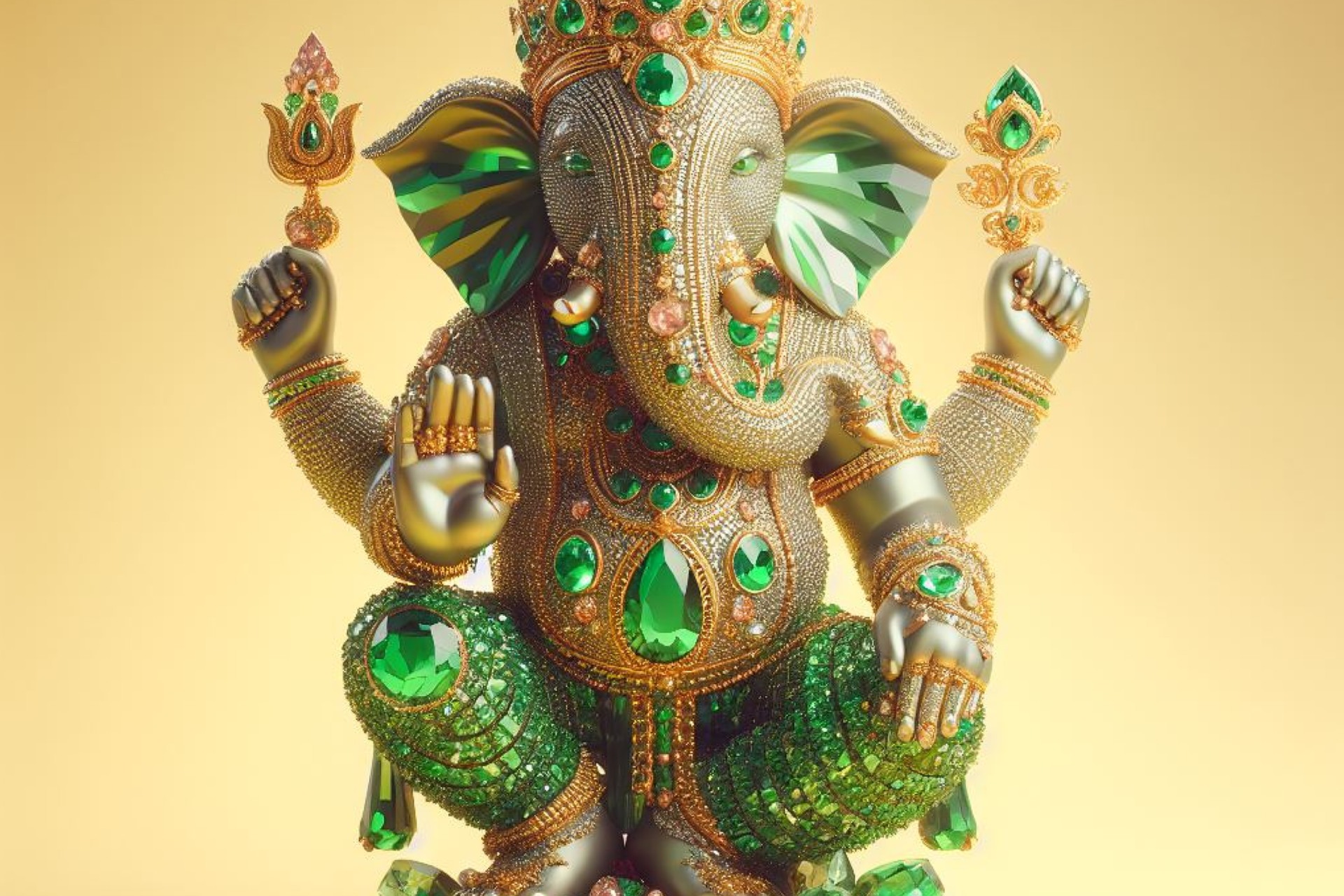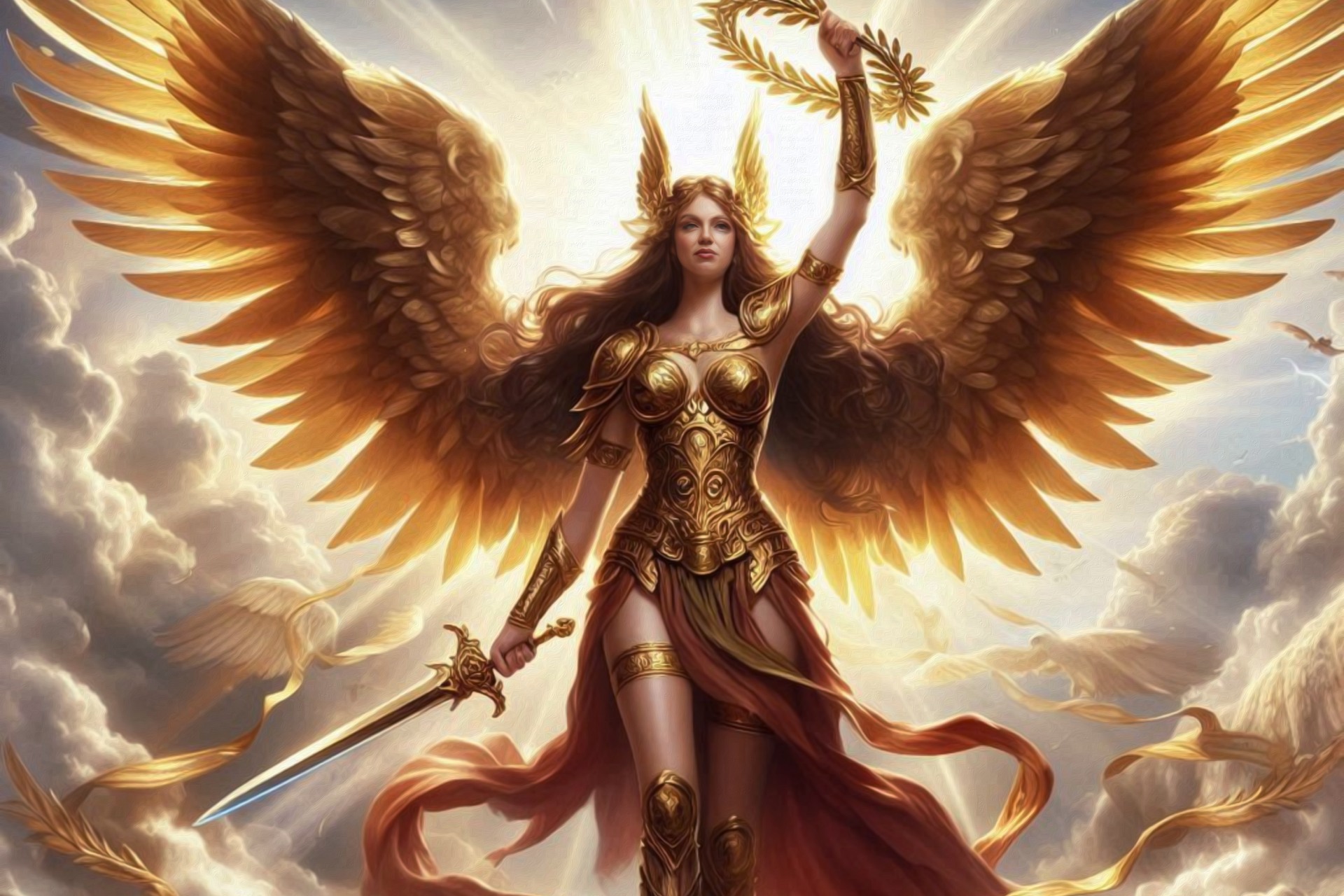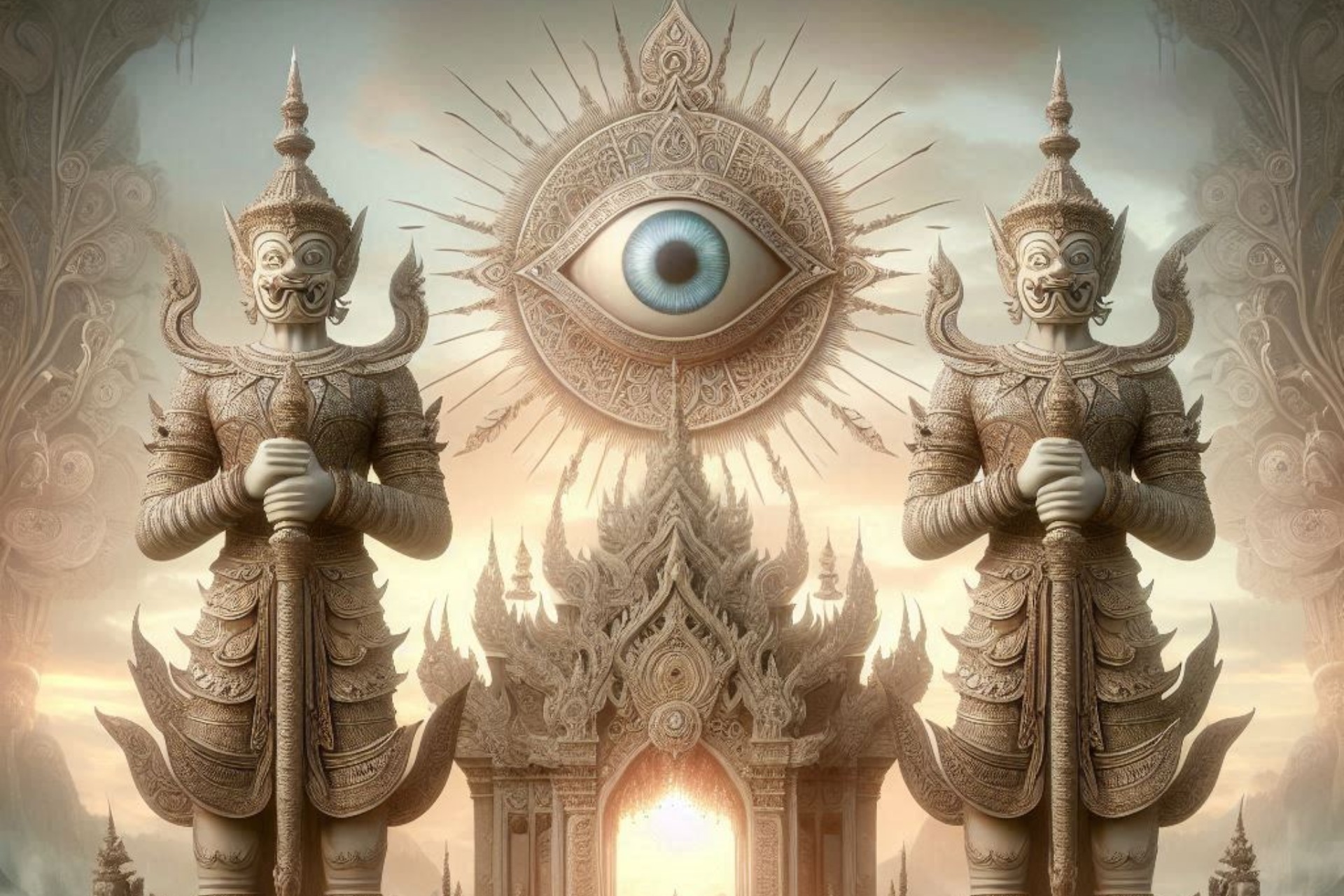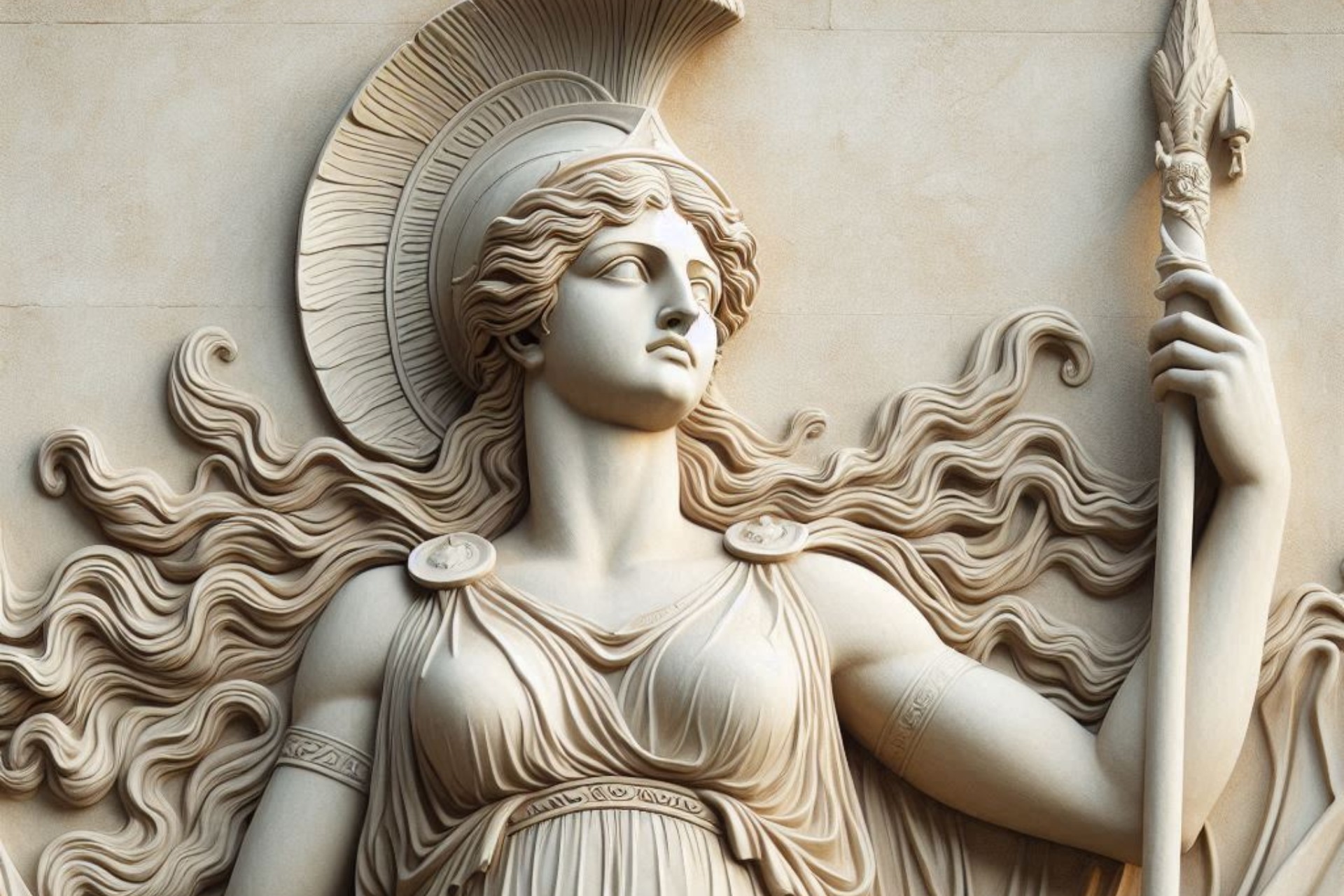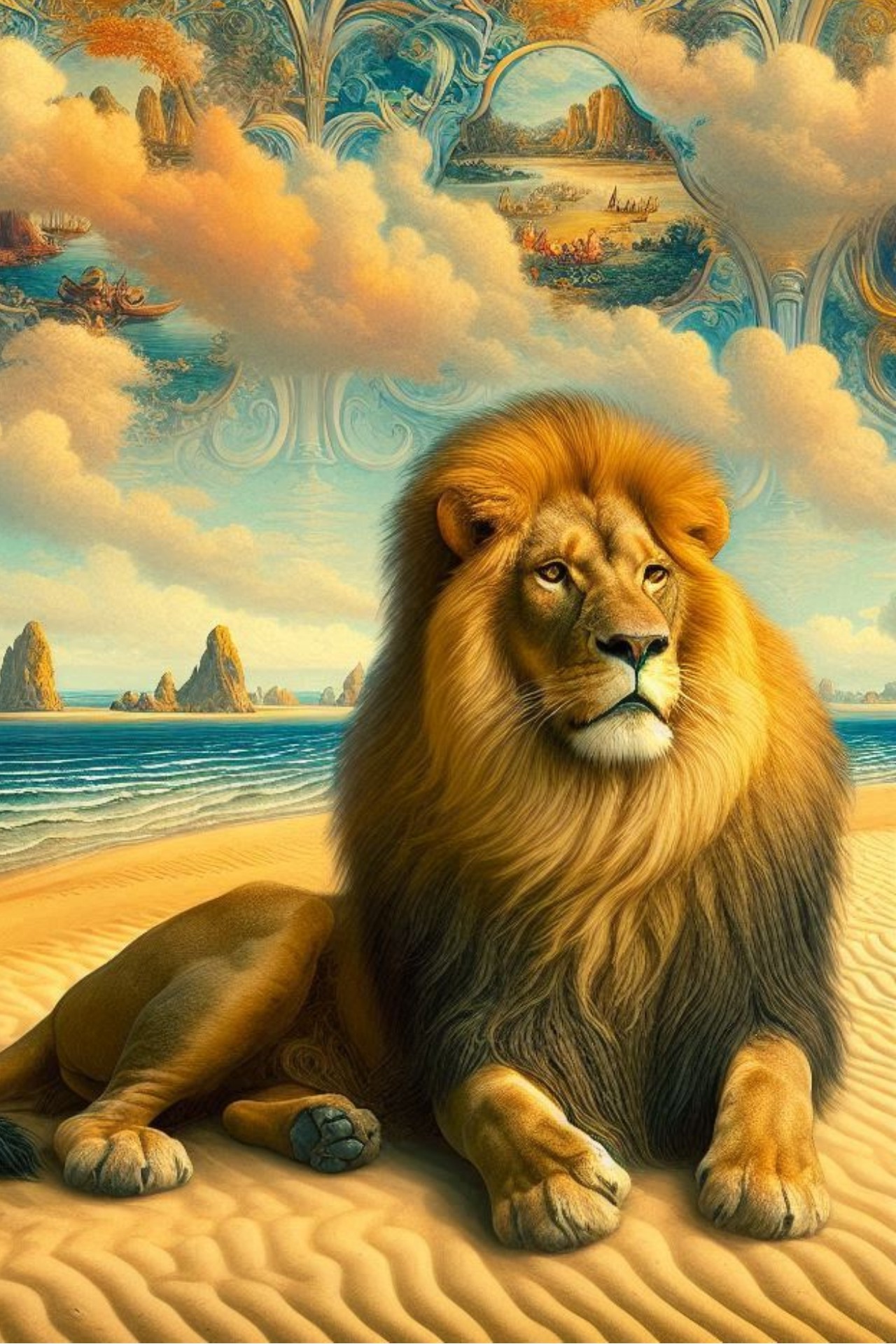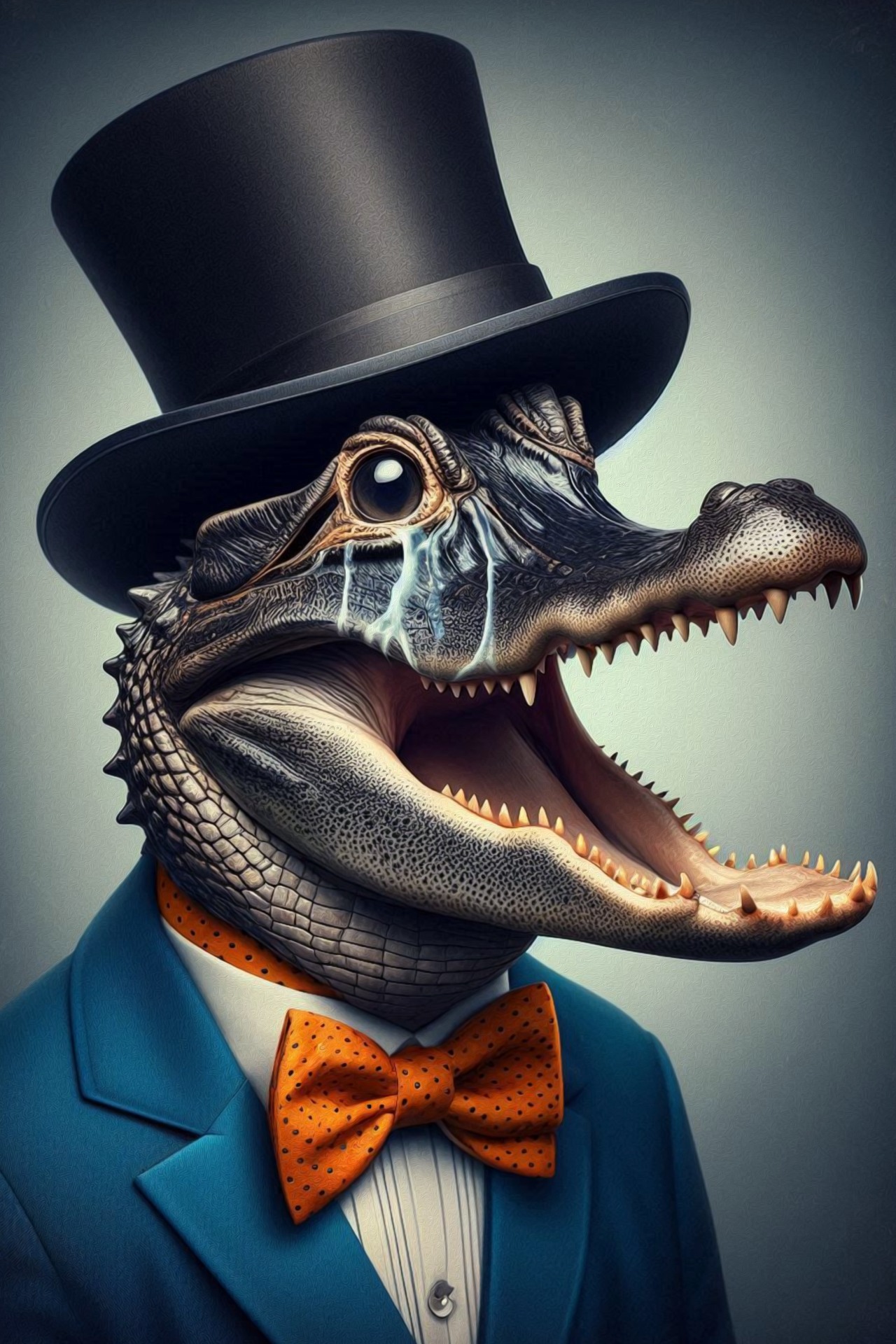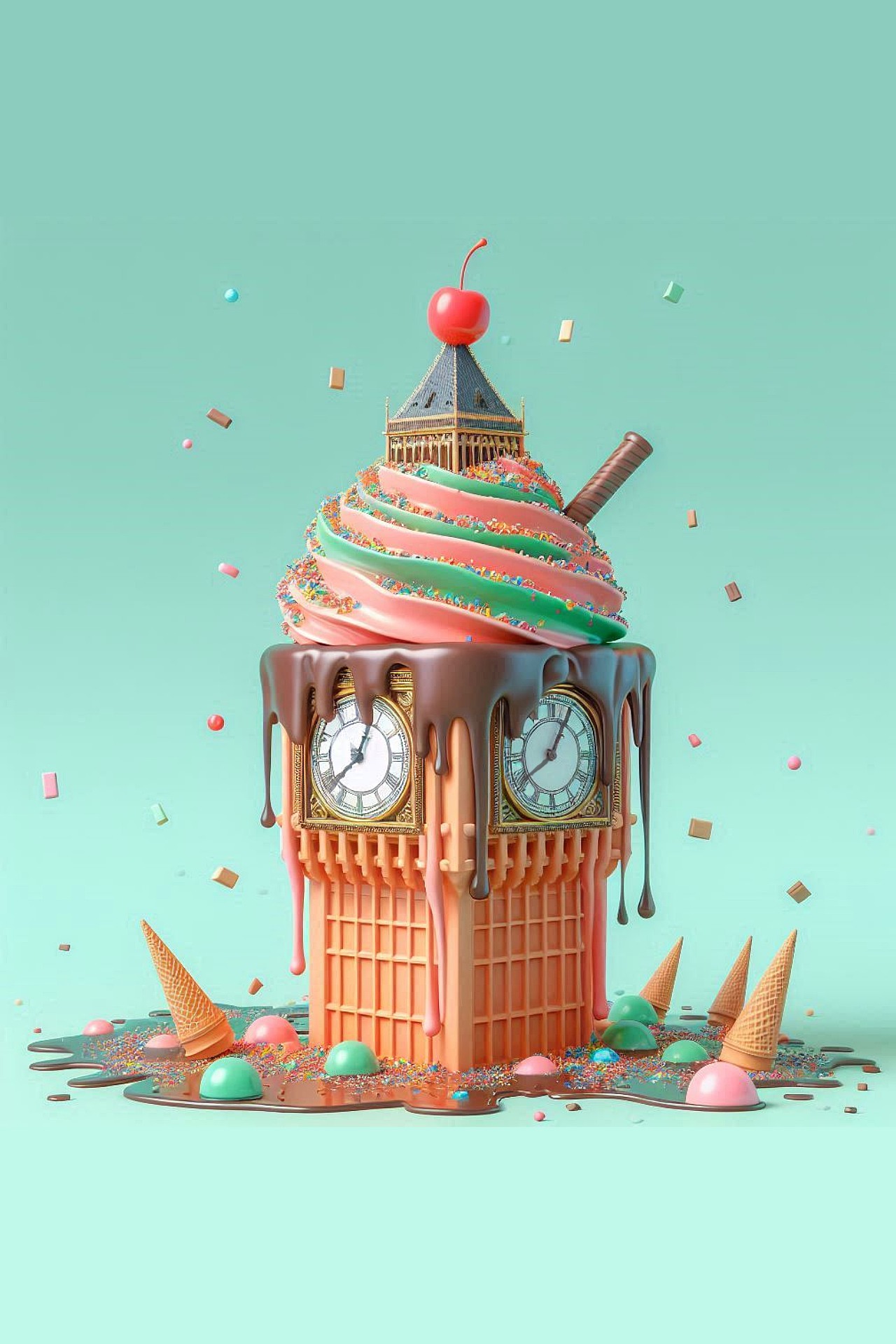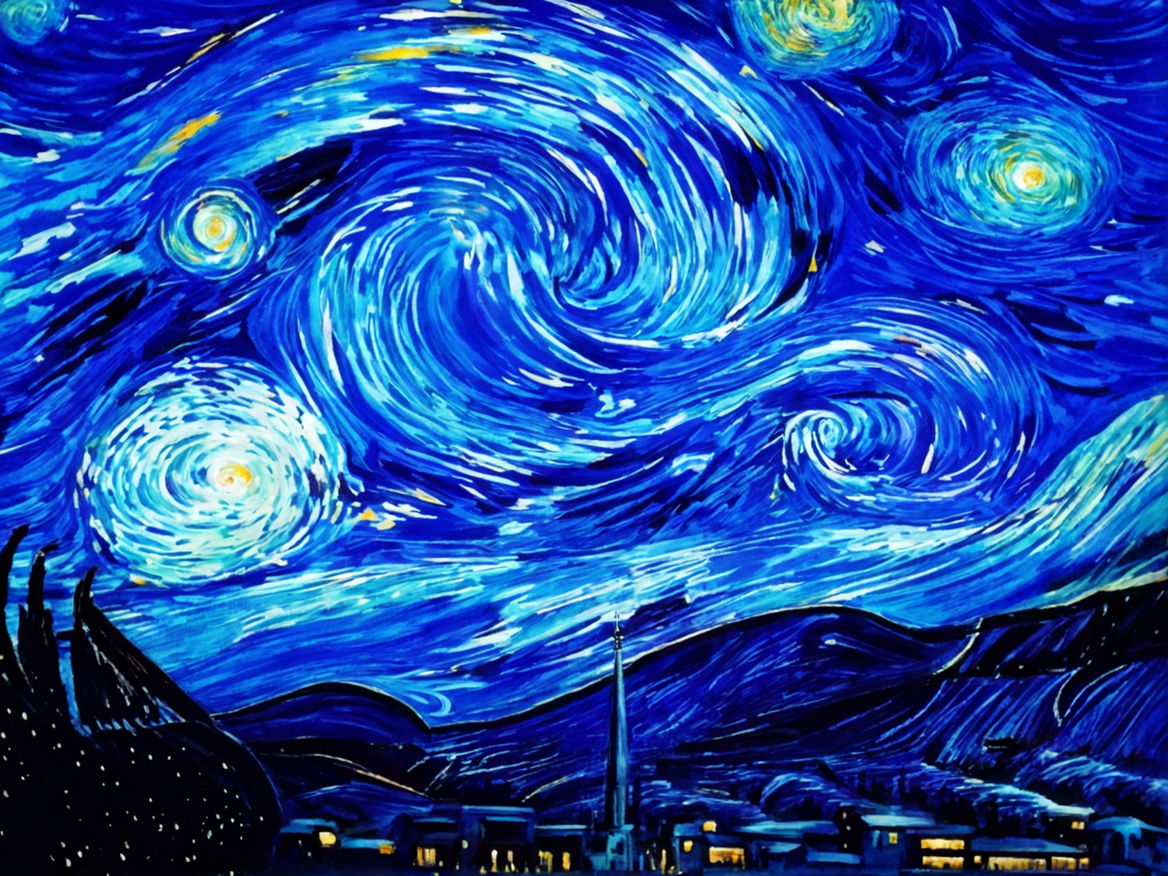The intersection of digital art and blockchain technology has given birth to a revolutionary concept: Non-Fungible Tokens (NFTs). This emerging trend has disrupted the traditional art world, offering artists and collectors alike a new way to create, own, and trade digital artwork.
Digital Art Gives Rise to NFT Art
Before diving into the finer details of contemporary cryptoart, it’s helpful to take a brief look at the history of digital art prior to the emergence of non-fungible tokens (NFTs). Digital art is one of the more popular subgenres of contemporary art, and has been around since the 1970s. It’s a catch-all term for a number of phenomena. Digital art may reference works created or enhanced with software, digitally rendered animations, or interactive art consumed through a digital device. There’s also “generative” digital art, which artists produce mostly by using algorithms.
Some digital artists are using blockchain technology itself as their medium — employing custom software and code, along with a slew of new decentralized applications (dApps) to create their work. Once it’s on the blockchain, digital art falls into the realm of cryptoart. So what is cryptoart exactly? As with all things crypto, the vocabulary and definitions surrounding this art movement are dynamic and iterative, but there is a baseline distinction: Cryptoart is art on the blockchain — natively published as an NFT.
These rare digital artworks — sometimes called crypto-collectibles, NFT art, nifties, or cryptoart — are represented by unique and provably rare tokens. Because they are native to the blockchain, NFT artworks can be bought, sold, and owned with cryptographic security and veracity. Each is unique and the decentralized, open nature of blockchain technology allows for transparent proof of this.
What is NFT Art?
An NFT is a unique digital asset that represents ownership of a specific piece of digital content, such as a piece of art, music, or even a tweet. When an artist creates a digital artwork, they can tokenize it as an NFT, which is then stored on a blockchain. This blockchain record provides irrefutable proof of ownership and authenticity.
The Explosion of Cryptoart and NFT Art
Before NFT art captured the zeitgeist, early projects like Monegraph in 2014 and Rare Pepe in 2016 allowed users to register collectibles on blockchain networks. In 2017, a new vehicle for digital art emerged with Ethereum’s introduction of the ERC-721 standard. Different from Ethereum’s ERC-20 fungibility, this token standard enabled the creation of NFTs and springboarded the cryptoart movement into existence. 2017 saw the rise of CryptoPunks, CryptoKitties, CurioCards, and Dada.nyc. All these projects made NFTs on Ethereum — paving the way for the NFT art movement.
The development of cryptoart has not just been limited to the renegade fringes of the internet. In 2018, Christie’s New York became the first auction house to register a sale on a blockchain platform with its $318 million USD sale of the Barney A. Ebsworth collection. This collection featured artwork by landmark American artists Edward Hopper and Georgia O’Keeffe, among others. Although the art exchanged during this sale was made with the traditional tools of paint, canvas, and so on, all transactions were recorded on the blockchain. This was a watershed moment in the world of blockchain art auctions, and led to widespread acknowledgment of cryptoart in the fine art sector.
The large-scale acknowledgment of the blockchain art sector reached a tipping point in 2021 with the sale of digital artist Beeple’s “Everydays — The First 5000 Days.” An entirely digital crypto art piece, it sold for $69 million at Christie’s. This event signalled a new era, not just for cryptoart, but art as a whole. The sale made this emerging cryptoartist one of the wealthiest artists alive in the world today. Now, there are multitudes of NFT art marketplaces such as OpenSea, Rarible, KnownOrigin, and Nifty Gateway, each with unique value propositions. Fine-art specific NFT marketplaces include Maecenas, Masterworks, Artchain.world, Aditus, and Portion.
Why is NFT Art Gaining Popularity?
- Digital Art Ownership: NFTs provide a solution to the long-standing problem of digital art ownership. In the past, it was difficult to prove ownership of digital files, as they could be easily copied and distributed. NFTs, however, offer a unique identifier that can be traced back to the original creator.
- Financial Opportunities for Artists: NFTs have opened up new revenue streams for artists. By selling their digital artwork as NFTs, artists can directly connect with collectors and earn royalties on secondary sales.
- Collector’s Item: NFTs have become highly sought-after collectibles. Owning an NFT can be seen as a status symbol, as it signifies ownership of a unique piece of digital history.
- Community and Culture: NFT communities have emerged, fostering a sense of belonging and shared passion among collectors and artists. These communities often organize events, exhibitions, and discussions, further solidifying the NFT art movement.
Challenges and Considerations
While NFT art offers numerous benefits, it also presents challenges:
- Volatility of the Cryptocurrency Market: The value of NFTs is often tied to the price of cryptocurrency, which can be highly volatile.
- Environmental Impact: The energy consumption associated with blockchain technology, particularly Bitcoin, has raised concerns about its environmental impact. However, newer blockchain technologies, such as Ethereum, are becoming more energy-efficient.
- Legal and Regulatory Uncertainty: The legal landscape surrounding NFTs is still evolving, and regulations vary from country to country.
Conclusion
NFT art is a rapidly evolving field with the potential to reshape the art world. By addressing the challenges and embracing the opportunities, NFT art can continue to grow and thrive, empowering artists and collectors alike.
Source:
https://www.gemini.com/cryptopedia/blockchain-fine-art-nft-marketplace
https://altduv.com/how-to-mint-an-nft-on-ethereum-a-beginners-guide/
